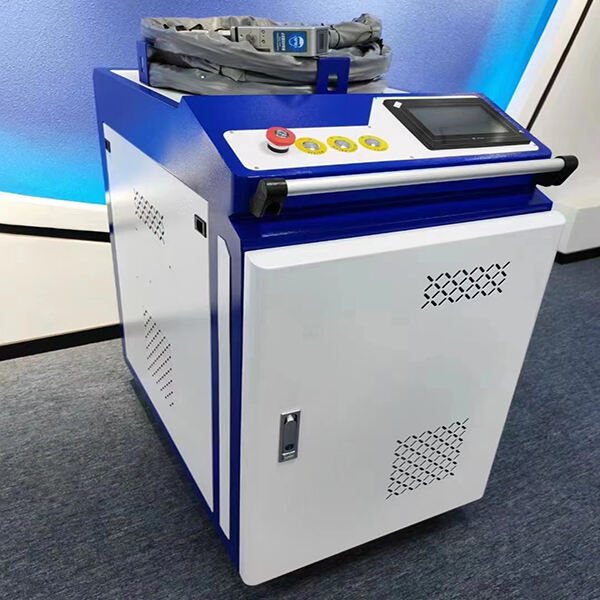Laser welding is one method to bond two metals together with an intense beam of light. The new technology is beginning to catch on in factories. For newcomers who want know the Advantages of Laser Welding in Industry, this article will help. We will also take a glimpse at a variety of laser rust removal gun methods, as it is revolutionizing the world of industry.
If you’re new to welding, laser welding can appear complicated. But after you get the hang of the basics, it’s all downhill from there! Put more simply, laser welding is melting and sticking together two pieces of metal with a very bright beam of light. This would otherwise require additional materials such as solder or filler metal to achieve this strong bond.
One major benefit of Laser cleaning machine for rust removal is that it creates strong, lasting welds between metals. But unlike regular welding, laser welding generates very little heat that might destroy materials. That makes it ideal for many applications, including cars, airplanes and electronics.

Laser welding is much more than creating high-strength welds. It also allows factories to work at a quicker clip and to save money compared to regular welding. As laser welding is both fast and accurate, production times are significantly reduced and products of a higher quality can be achieved. And it requires less heat, meaning less waste and less energy used. Thus, it is a more environmentally-friendly option.
There are different types of laser welding, and each is used for different tasks and materials. Some typical modes are CW welding, pulsing welding and deep welding. It works well for thin materials and fast production. Pulsed welding is more efficient when working with heavy metals and when welding demanding materials. Deep welding is a weld-strap trick to weld up thick material or dissimilar materials.
Laser welding is transforming how things are made and is more efficient, less expensive, and eco-friendly than regular welding. Its accuracy makes it well suited for a wide variety of applications, ranging from car parts to medical devices. Laser welding is shaping the manufacturing world, and it will keep doing so as technology advances.